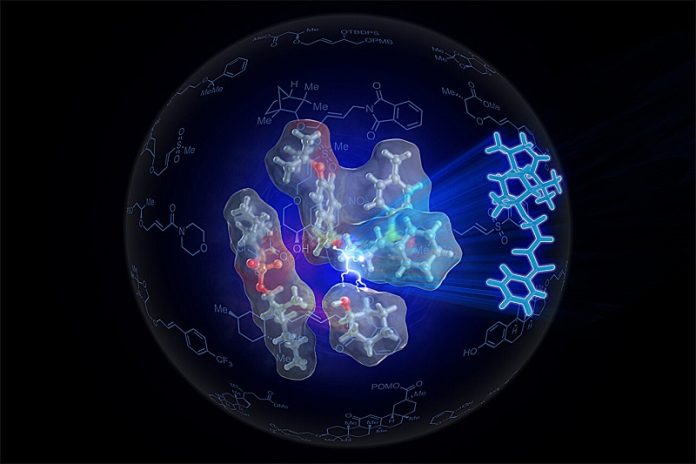
Scientists at the University of Illinois Urbana-Champaign have created a new catalyst that could make the process of creating important chemicals much simpler.
Inspired by how enzymes work in nature, this catalyst helps make ethers, which are essential components in many medicines, foods, personal care products, and other everyday items.
Ethers are tricky to make using traditional methods.
The new catalyst, designed by a team led by Professor M. Christina White, helps bring the ingredients together in just the right way, reducing the number of steps and materials needed to create these chemicals.
The team’s discovery was published in the journal Science.
“Ethers are in everything and are extremely important,” said Professor White. “With this new catalyst, we’ve found a way to make them more easily and even create types of ethers that were previously very difficult to produce.
Nature, specifically enzymes, gave us the inspiration to make this process simpler and more efficient.”
To make ethers, chemists usually combine an alcohol with a hydrocarbon called an alkene. However, just mixing these ingredients isn’t enough. In standard procedures, chemists first have to remove a proton from the alcohol to make it reactive, but this process creates a complicated mixture of unwanted products. Extracting the ether from this mix is time-consuming, and the large quantities of ingredients needed make it an impractical process for creating complex ethers.
Graduate student Sven Kaster, the lead author of the study, explained that the team wanted to find a different, more efficient way. “We didn’t want to activate the alcohol or use large amounts of chemicals,” Kaster said.
The team designed a small molecule catalyst, which contains the metal palladium, that could make the alkene more reactive without altering the alcohol. They named the catalyst SOX. However, just activating the alkene wasn’t enough to get the results they were looking for.
To solve this problem, the scientists looked to nature, specifically enzymes, which are proteins that help speed up chemical reactions in living organisms. Enzymes work by bringing two chemicals close together and positioning them in just the right way so they can react. Using this idea, the team modified their SOX catalyst, calling the new version Sven-SOX. This version not only made the alkene more reactive but also positioned the alcohol and alkene perfectly so they could form an ether.
Professor White described it like two people trying to hold hands. “Not only do they have to be close together, but they also have to be facing the right way. Our catalyst does the same thing with the chemicals.”
The Sven-SOX catalyst worked in a wide range of ether-forming reactions. The researchers were able to create more than 130 different types of ethers, including some that were previously too difficult to make using traditional methods.
“This new approach has many benefits,” said Kaster. “We can make ethers that haven’t been made before and may have useful new properties. It also works under mild conditions, which means it won’t interfere with other sensitive chemical groups. Plus, we use less material and fewer steps, making it much more efficient.”
The team plans to continue developing new catalysts with enzyme-like features to make other types of chemicals. They also want to keep exploring the production of ethers and ways to make the process even better.
“This discovery shows the power of small molecules and basic science,” White said. “By learning from how enzymes work in nature, we can create better tools to solve important problems in chemistry, medicine, and industry.”



